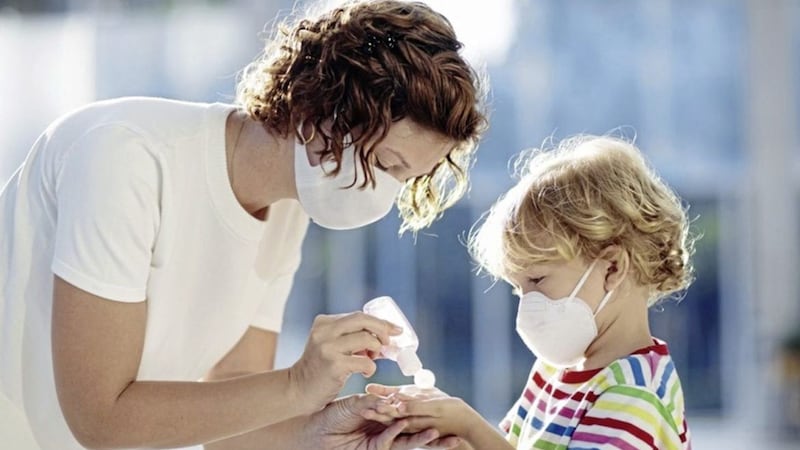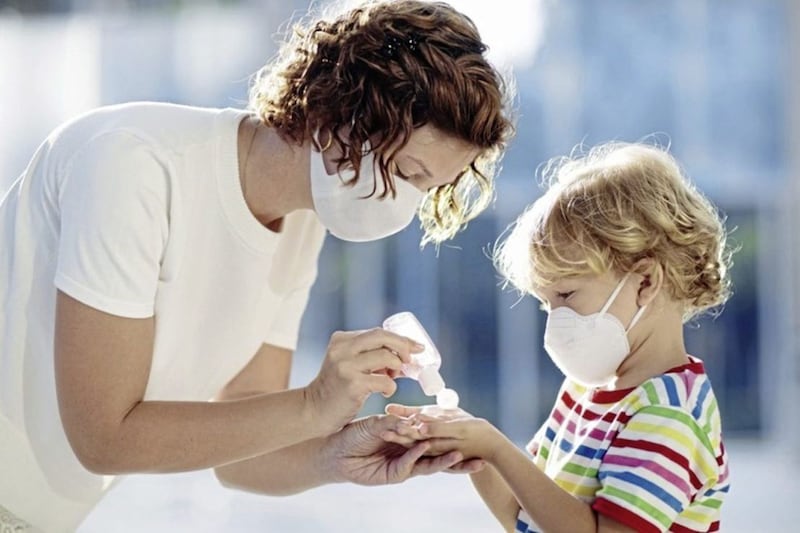EXITING lockdown second time around will ultmately hinge on the suppression of coronavirus - and like last time will not be "calendar led" for Northern Ireland.
However, the new roadmap is a more cautious one than that of May 2020, coming on the back of a lethal third wave and mounting concerns about its toll on an exhausted health service workforce.
Deputy First Minister Michelle O'Neill yesterday insisted the re-opening of society is contingent on data "not dates", again a pledge made by Stormont leaders last spring who appeared united in their approach to driving down infection rates.
But by December, bitter political wrangling culminated in what is now accepted as a disastrous decision led by the DUP to relax restrictions in the run-up to Christmas - resulting in more than 2,000 daily cases by the end of the month and near collapse of the hospital system in January.
Mixed messaging, executive fallouts and transparency concerns around the extraordinary lack of data - one expert said there was a "black hole" in data sharing around the virus outbreak - undoubtedly led to the erosion of public confidence in Stormont's management of the pandemic.
Thankfully, the extraordinary success story that is the north's vaccination programme is already impacting with dramatically reduced hospitalisations and deaths, with just one Covid patient admitted on Monday - a statistic not seen since the beginning of last September.
Cases have also dropped significantly, ten weeks after stringent lockdown measures were introduced.
But health chiefs are warning that case numbers still remain too high, and are mindful of last autumn's massive spike after a summer where the north was practically Covid-free.
Fears about the emergence of new variants and the ability to adapt vaccines will be be also be key in guiding society towards any semblance of normality.
Equally important will be an effecive test, trace, isolate and support strategy, with the spotlight firmly on public health officials who must plan properly following the failings of a woefully under resourced contact tracing system last October - which one health committee member described as being as "useful as a chocolate fireguard".
And while hospital admissions have dropped, there remained 272 coronavirus patients in hospital yesterday, of which 34 were in ICU. These pressures continue to impact on hundreds of non-Covid patients with potentially life-threatening conditions who have had operations postponed and are anxiously awaiting new dates.
Ms O'Neill accepts we are "not out of the woods" but said the new exit strategy marked a day that was "very much of hope", expressing her desire that this is the "final lockdown".
As the first step out of restrictions begin next Monday and young schoolchildren make their way back to the classroom, it is anticipated that a rise in case numbers is likely.
However, with hospital admissions past their peak and more than one in three of the population now vaccinated with a first dose, there is some optimism that Stomont's "cautious and careful" easing out of measures will allow the economy to re-open over coming months.
The real test will be winning the hearts and minds of the public to stay on board with the current restrictions.
Only a united political leadership delivering the same message can do that - and keep us out of a third lockdown.



